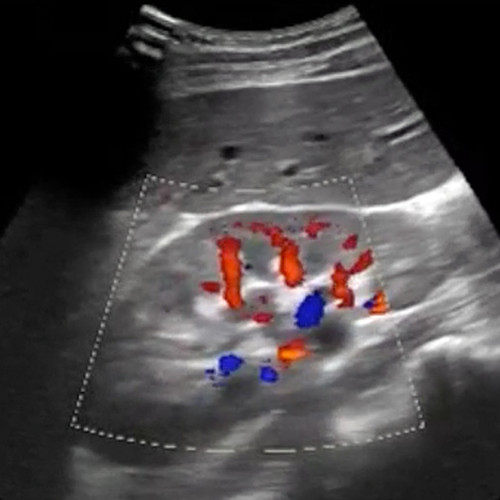Ultrasound is ideally suited for evaluation of renal allografts. Greyscale ultrasound enables morphologic examination while color, power, and spectral Doppler help characterize vascular flow to and from the renal allograft. Ultrasound can be used to identify landmarks, assist in planning, and provide real-time image guidance of renal allograft biopsies. Renal Transplant Advanced Clinical Ultrasound Training reviews renal transplant anatomy. Sonographic anatomy of renal transplant allografts and relevant surrounding structures is also examined. Sonographic scanning technique and imaging pearls and pitfalls are discussed. Lastly, sonographic findings of the more common renal transplant complications, such as renal artery thrombosis, renal artery stenosis, perinephric hematoma, and graft rejection, are presented.
This activity has been planned and implemented in accordance with the accreditation requirements and policies of the Accreditation Council for Continuing Medical Education (ACCME) through the joint providership of the American College of Emergency Physicians, the Illinois College of Emergency Physicians, and SonoSim, Inc. The American College of Emergency Physicians is accredited by the ACCME to provide continuing medical education for physicians.
The American College of Emergency Physicians designates this enduring material for a maximum of 3 AMA PRA Category 1 Credits™. Physicians should claim only the credit commensurate with the extent of their participation in the activity.
Approved by the American College of Emergency Physicians for a maximum of 3 hours of ACEP Category I credit.









